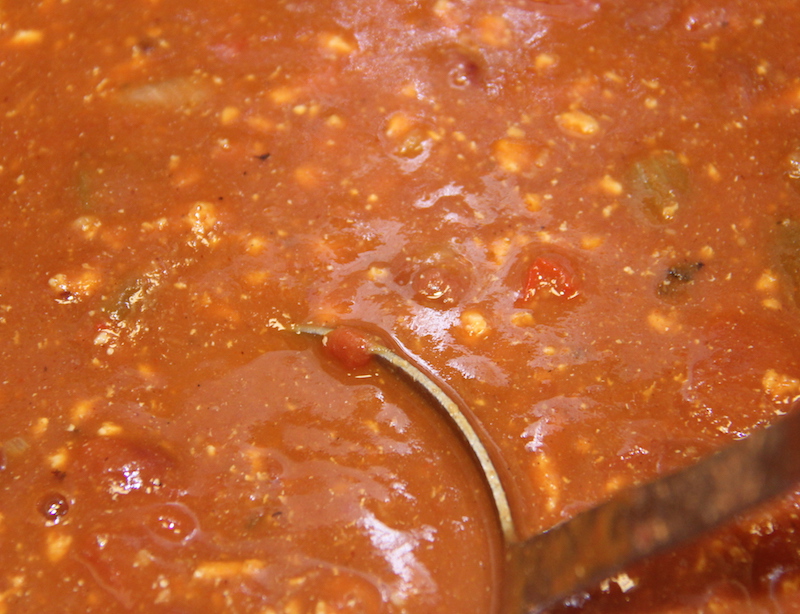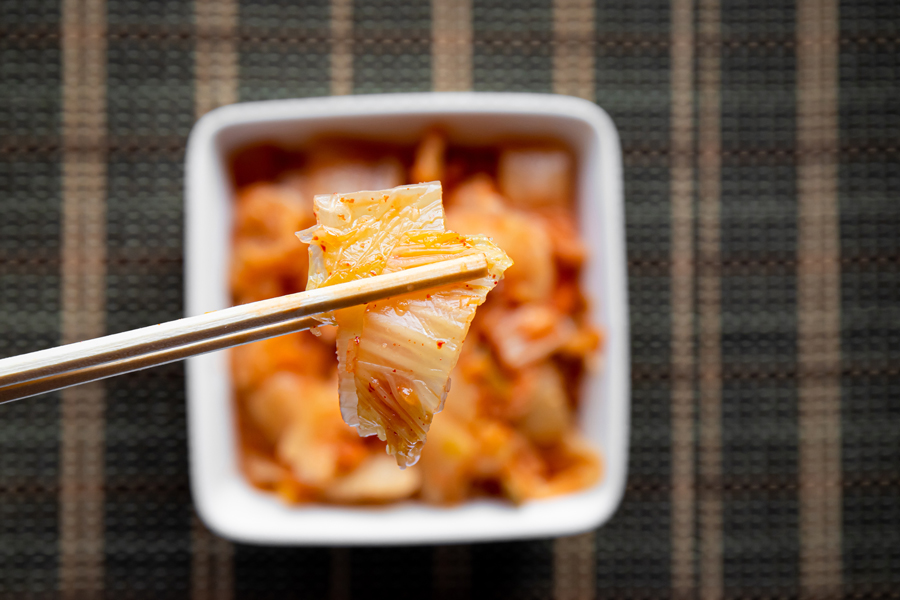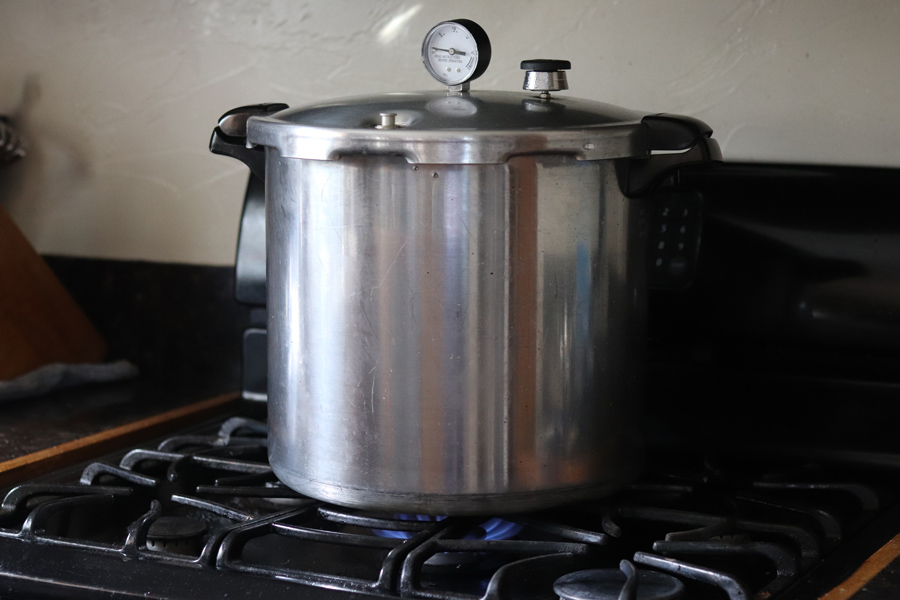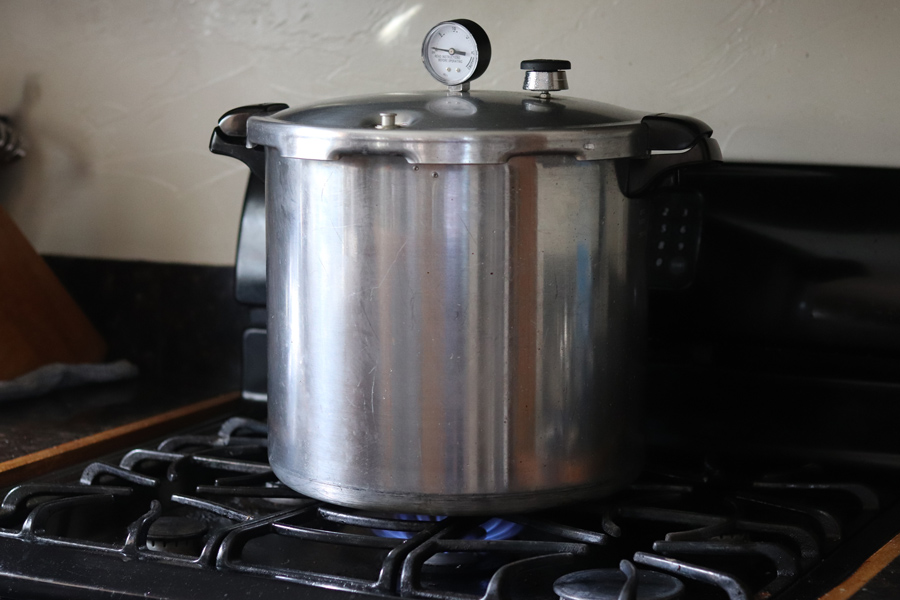There is nothing like a hot bowl of homemade soup or chili on a cold winter’s day. But who has time to make it when the mood strikes or it’s time to eat? Schedules are busy during the holiday season. Just imagine having a freezer full of delicious, homemade meals ready to be heated and served when you get home from work.
Even better than that, picture yourself stress-free during the holidays because you prepared and froze your holiday meals and treats in advance. Freezing prepared foods in advance allows you the satisfaction of homemade meals with the convenience of store-bought entrees.
There are just a few things to keep in mind when freezing prepared foods. Freezing will not improve the texture, flavor, or quality of food. It simply acts to preserve the quality of the food, so you should only freeze high-quality ingredients. Some ingredients may not hold up well in the freezer, especially if you don’t plan to use it quickly this season.
After cooking the food you plan to freeze, be sure it is cooled quickly to keep it safe to eat. You can quick-cool your hot soups or stews by stirring in a bowl or pan that is set down into an ice bath. Never leave perishable food at room temperature for more than two hours.
Be sure to put your soup in moisture-vapor resistant packaging to prevent freezer burn. For soups and stews, rigid containers like freezer boxes or jars are a good choice. Freezer-weight plastic bags can also be used, but they can be awkward to fill and seal with runny food.
To make the most of the convenience factor, package your soup or stew in amounts that you will be able to eat at one time. Be sure to clearly label each package with the name of the food and the date you put it in the freezer. If you have a variety of foods that will look alike and have short names on the label, consider including some ingredients on that label.
Be sure that all sealing areas are clean and dry, and don’t forget to leave the recommended headspace for expansion inside the package. More information on that can be found at nchfp.uga.edu/how/freeze/headspace.html. Once packaged and sealed, place foods in the coldest available part of the freezer.
When it’s time to eat, you can put your soup or stew in a pan for your stovetop or a bowl for your microwave and cook right from the frozen stage. If you heat in your freezer container, make sure it is intended to be used for the hot temperatures the cooked food will reach. Be sure to stir to prevent burning on the stovetop and to evenly distribute heat with any method of cooking.
Thawing in the refrigerator is safe but takes some time. You can also thaw in the microwave, even if you finish cooking on a stovetop or oven. Reheat foods to at least 165 degrees Fahrenheit quickly, within two hours of starting.
If you want to thaw quickly under cold running water, be sure that your packaging is leak-proof. Keep running water moving slowly over the package or place it in a clean pan or bowl and submerge in cold tap water that is changed every 30 minutes. Be sure to reheat as above as soon as the food is thawed. To ensure the safety of your food, do not allow these potentially hazardous foods to stay in the temperature danger zone (40-140 F) for more than two hours at any time.
Planning ahead and freezing that favorite soup, stew or chili is a great way to keep homemade food on your dinner table without all of the stress and hassle of last-minute cooking from scratch.
You’ll find more information on foods that do not freeze well at www.uga.edu/nchfp/how/freeze/dont_freeze_foods.html. University of Georgia Cooperative Extension offers tips for freezing prepared foods at www.uga.edu/nchfp/publications/uga/FreezingPreparedFoods.pdf.





